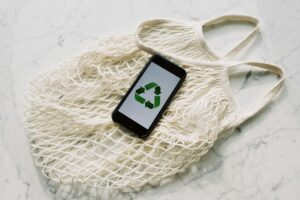Sustainable Snacking: Discover the Zero-Waste Crisps Recipe for Plastic-Free Indulgence
Craving a guilt-free snack that doesn’t harm the planet? Look no further! In this article, we’ll unveil a game-changing recipe for plastic-free indulgence – zero-waste crisps. With sustainability at the forefront, these homemade crisps offer a delicious alternative to store-bought snacks while reducing your carbon footprint.
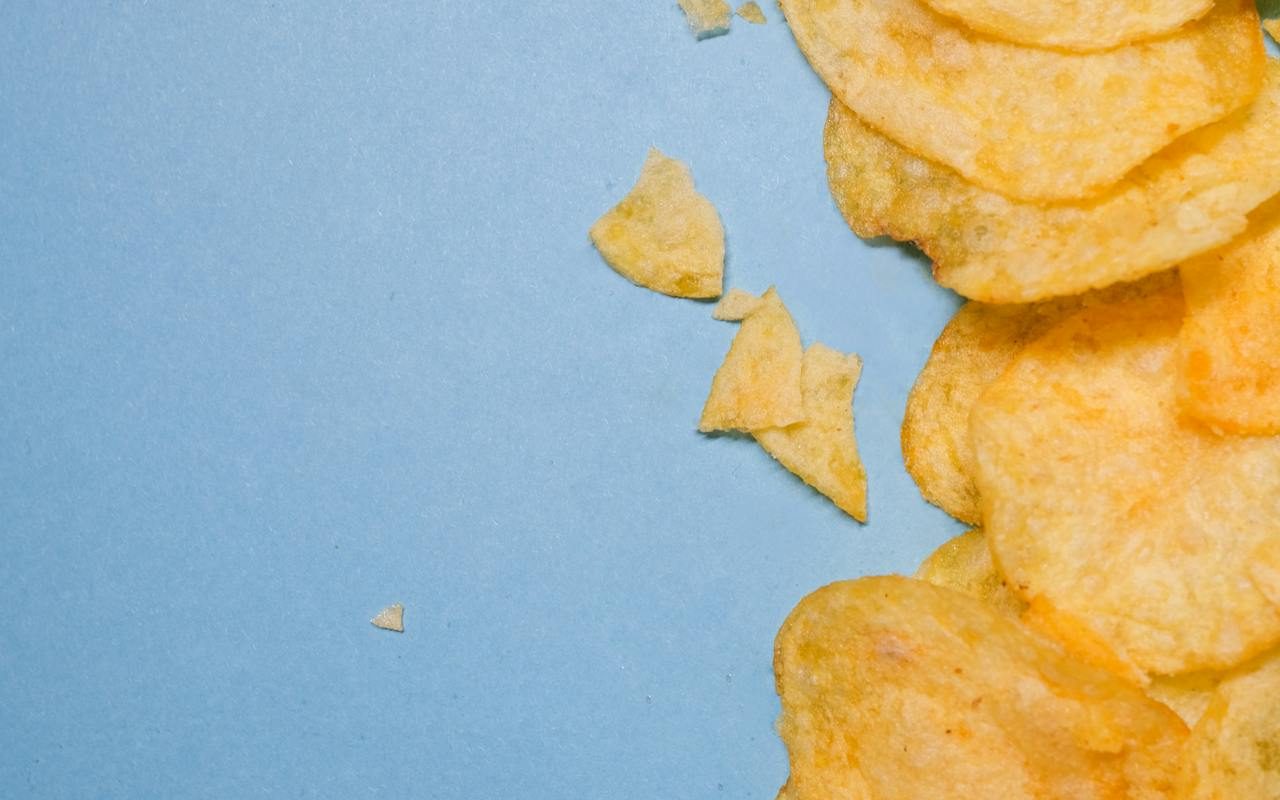
Our brand voice focuses on empowering individuals to make eco-conscious choices; this recipe is a testament to that. This recipe satisfies your cravings and supports a circular economy by utilizing simple, everyday ingredients and eliminating plastic packaging.
Ditch the single-use plastic and enjoy a greener snacking experience with a crunchy bite. We will guide you through making zero-waste crisps, ensuring a satisfying and eco-friendly treat within minutes.
So, get ready to tantalize your taste buds and embark on a journey towards sustainable snacking. Let’s dive into the world of zero-waste crisps and discover how a slight change in your snack habits can make a big difference for the planet.
The Impact of Plastic Waste on the Environment
Plastic waste has become a global crisis, wreaking havoc on our environment. Every year, millions of plastic waste are dumped into landfills, oceans, and other natural habitats. This pollution harms wildlife, contaminates water sources, and contributes to climate change. The snack industry’s excessive use of single-use plastic packaging significantly contributes to this problem.
The production and disposal of plastic are not just contributing to the climate crisis, they’re exacerbating it. Plastic doesn’t just disappear, it lingers for hundreds of years, breaking down into smaller microplastics that continue to pollute our environment. This is a problem that’s not going away on its own. We need to act now and find sustainable alternatives to shrink our plastic footprint. That’s where zero-waste snacking steps in.
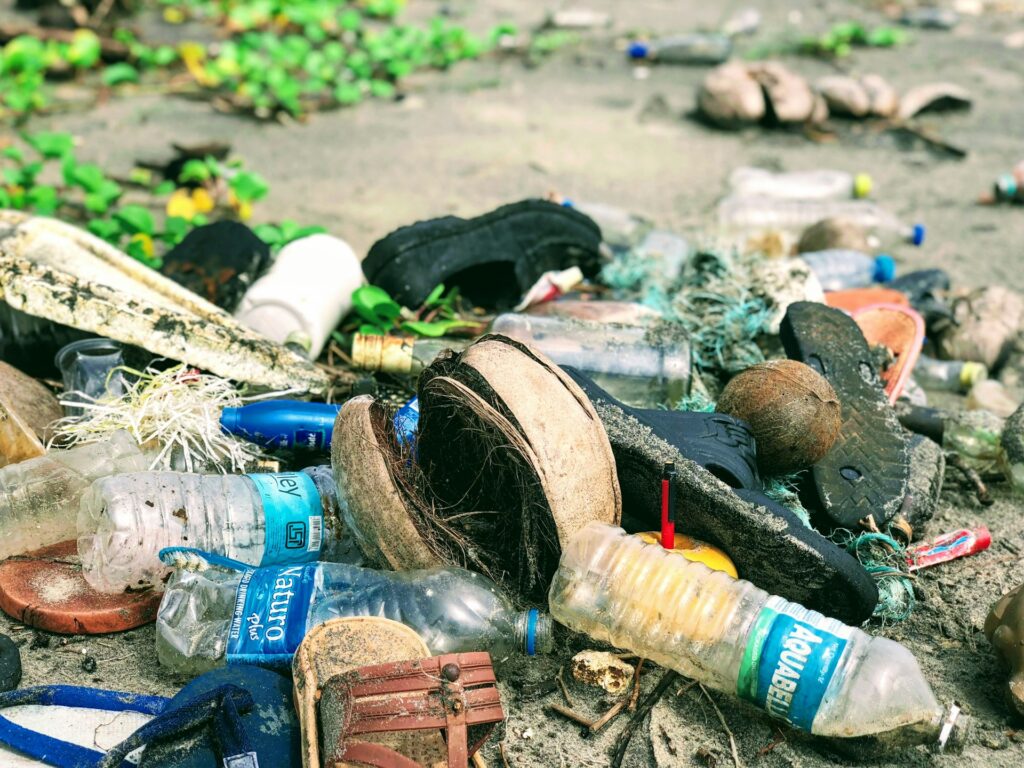
Benefits of Zero-Waste Snacking
Zero-waste snacking empowers you to make a significant difference for both yourself and the planet. By eliminating plastic packaging, you can drastically reduce your contribution to the plastic waste problem. The choice to make your snacks at home not only allows you to control the ingredients but also puts you in the driver’s seat of reducing the overall carbon footprint associated with transportation and manufacturing.
Zero-waste snacking is a gateway to a healthier lifestyle, freeing you from the guilt of consuming store-bought snacks that often contain additives, preservatives, and excessive salt and sugar. When you make your snacks, you have the freedom to choose the quality of the ingredients, ensuring that you’re consuming wholesome, nutritious food. Opting for zero-waste crisps allows you to indulge guilt-free, knowing precisely what’s in your snack.
Zero-waste snacking not only benefits your health and the environment but also your wallet. Store-bought snacks, especially those marketed as ‘healthy’ or ‘organic,’ can be expensive. However, by making your crisps, you can save money in the long run. This rewarding financial aspect, coupled with a more sustainable and satisfying snacking experience, can be a great motivator to adopt zero-waste snacking.
Popular Zero-Waste Snack Options
Before we dive into the zero-waste crisps recipe, let’s explore some popular zero-waste snack options that you can incorporate into your daily routine. These snacks are environmentally friendly, easy to make, and incredibly tasty.
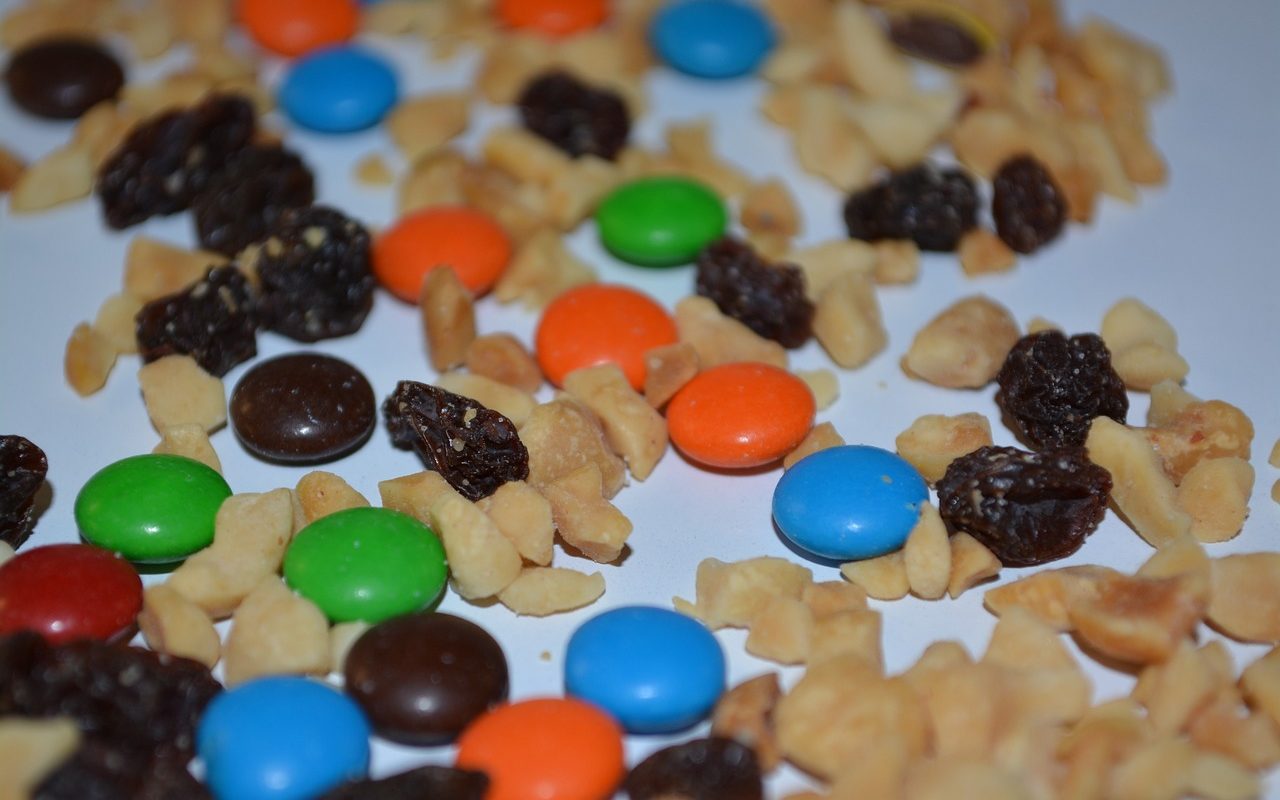
- Trail Mix: Create your custom blend of nuts, seeds, dried fruits, and dark chocolate chips. Package them in reusable containers or mason jars for a convenient and waste-free snack on the go.
- Homemade Granola Bars: Whip up a batch of homemade granola bars using oats, nuts, honey, and dried fruits. These bars are perfect for satisfying your sweet tooth and boosting energy.
- Vegetable Sticks with Hummus: Cut fresh vegetables like carrots, celery, and bell peppers, and pair them with a homemade hummus dip. This snack is nutritious and a great way to reduce single-use plastic from pre-packaged hummus containers.
- Roasted Chickpeas: Drain and rinse a can of chickpeas, toss them in olive oil, and season with your favorite spices. Roast them in the oven until crispy for a protein-packed and crunchy snack.
By incorporating these zero-waste snack options into your routine, you’ll be well on your way to reducing your environmental impact and embracing a more sustainable lifestyle.
Understanding the Zero-Waste Crisps Recipe
Now, let’s get to the heart of this article – the zero-waste crisps recipe. This simple, versatile recipe allows you to experiment with different flavors and seasonings. You’ll be amazed at how easy it is to create plastic-free crisps in your kitchen.
Ingredients Needed for Zero-Waste Crisps
To make zero-waste crisps, you’ll need the following ingredients
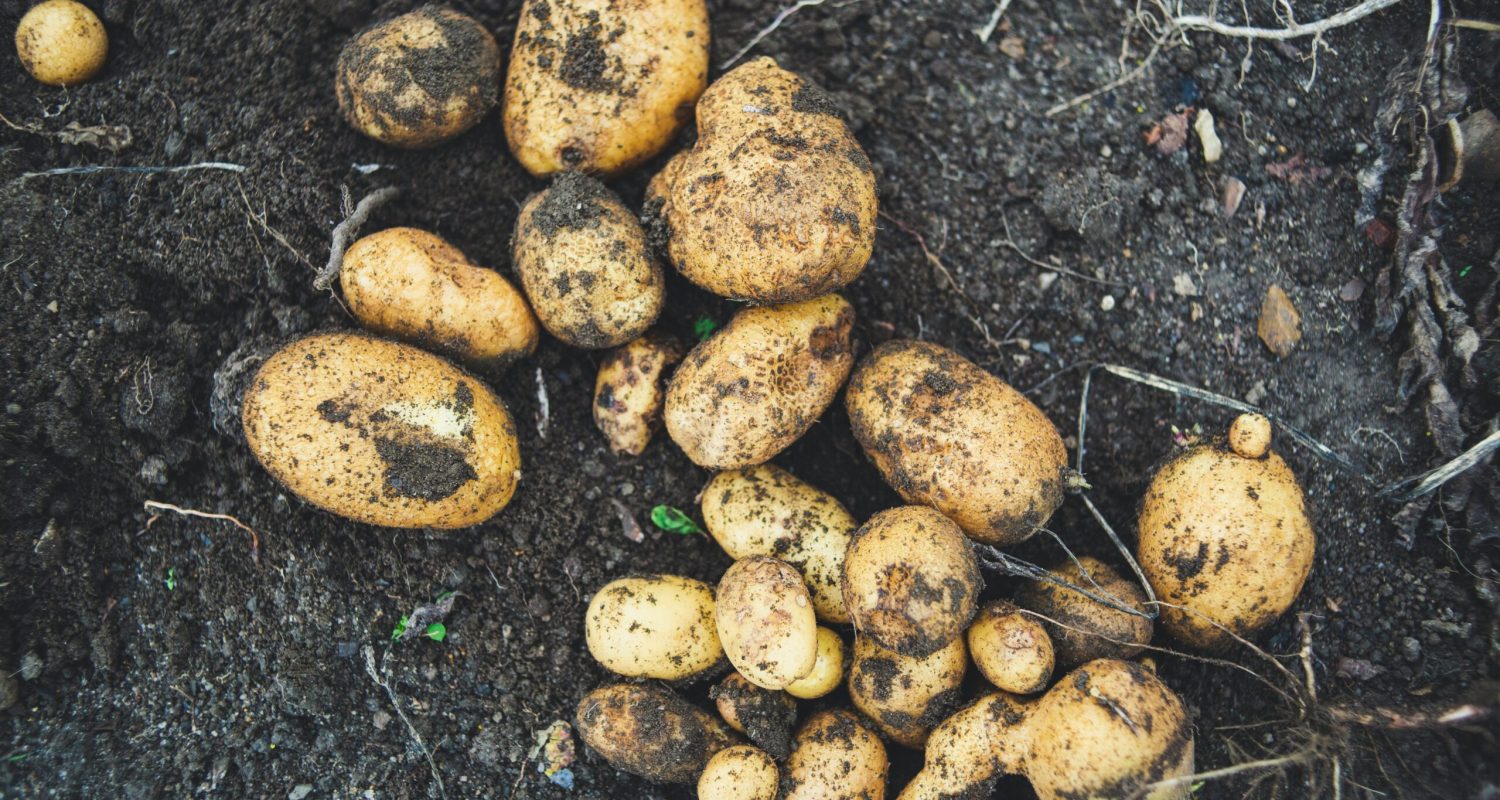
- Potatoes: Choose organic potatoes if possible, as they are free from harmful pesticides and chemicals. Opt for locally sourced potatoes to reduce carbon emissions associated with transportation.
- Olive Oil: Olive oil is a healthier alternative to traditional vegetable oil. It adds a rich flavor to the crisps and helps them achieve a crispy texture.
- Salt and Seasonings: Customize your crisps by adding your favorite seasonings. Some popular options include sea salt, black pepper, paprika, rosemary, and garlic powder. Be creative and experiment with different combinations to find your perfect flavor.
Step-by-Step Guide to Making Zero-Waste Crisps
Now, let’s embark on the straightforward process of crafting your zero-waste crisps:
- Preheat the Oven: For the perfect crisp, it’s crucial to preheat your oven to 400°F (200°C). Line a baking sheet with parchment paper or a reusable silicone baking mat. The latter is a more sustainable option as it can be used multiple times, reducing waste from single-use parchment paper.
- Prepare the Potatoes: Give the potatoes a thorough wash and scrub to remove any dirt. Remember, leaving the skin on not only adds flavor but also boosts the nutritional value. Slice the potatoes into thin, even rounds using a sharp knife or a mandoline slicer.
- Season the Crisps: Toss the potato slices with olive oil in a large bowl, ensuring each slice is coated evenly. Add your desired seasonings and toss again to distribute the flavors.
- Arrange on the Baking Sheet: Place the seasoned potato slices in a single layer on the prepared baking sheet. Avoid overcrowding to ensure even cooking and crispiness.
- Bake to Perfection: Gently transfer the baking sheet to the oven and bake for 15-20 minutes until the crisps turn a delightful golden brown and crispy. Remember, keeping a close eye on them will prevent any unwanted surprises.
- Cool and Enjoy: Once the crisps are done, remove them from the oven and let them cool on the baking sheet for a few minutes. This allows them to crisp up further. Transfer the crisps to a bowl or a reusable snack container, and enjoy!
Tips for Reducing Waste in the Snacking Process
While the zero-waste crisps recipe itself is a great way to minimize waste, there are additional steps you can take to reduce waste throughout the snacking process. Here are a few tips to keep in mind:
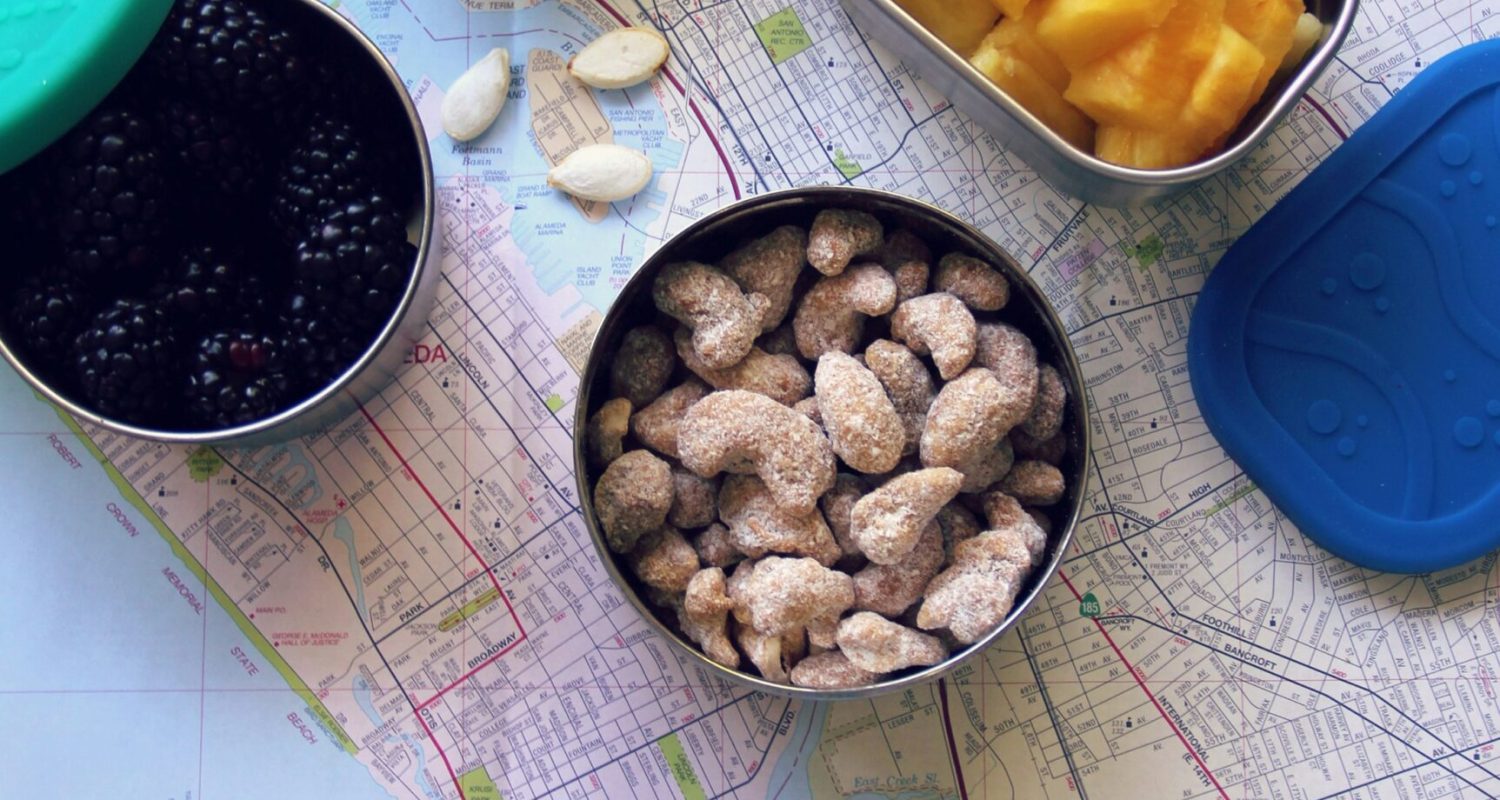
While the zero-waste crisps recipe itself is a great way to minimize waste, there are additional steps you can take to reduce waste throughout the snacking process. Here are a few tips to keep in mind:
- Buy in Bulk: Purchase your ingredients in bulk to minimize packaging waste. Look for stores that offer bulk bins for items like potatoes, olive oil, and seasonings.
- Use Reusable Containers: Instead of storing your crisps in single-use plastic bags, use reusable containers or beeswax wraps. These alternatives are eco-friendly and keep your crisps fresh for longer.
- Compost Scraps: If you have any potato peels or trimmings left over from making the crisps, compost them instead of throwing them away. Composting helps divert organic waste from landfills and creates nutrient-rich soil.
- Share with Friends: If you have a surplus of crisps, share them with friends or colleagues. This way, you can avoid wasting leftovers while introducing others to the joys of zero-waste snacking.
By implementing these tips, you can further minimize waste and maximize sustainability in your snacking routine.
Incorporating Sustainable Snacking into Your Lifestyle
Now that you understand zero-waste crisps and other eco-friendly snack options, it’s time to incorporate sustainable snacking into your lifestyle. Here are some additional steps you can take to make your snacking habits more sustainable:
- Plan Ahead: Take a few minutes each week to plan your snacks. This will help you avoid impulsive purchases and ensure you have readily available zero-waste options.
- Carry Reusable Containers: Invest in reusable containers or snack bags. These containers can hold your homemade snacks, reducing the need for single-use packaging when eating outside your home.
- Support Local Farmers: Purchase your ingredients from local farmers or farmers’ markets whenever possible. This supports the local economy and reduces the carbon footprint associated with long-distance transportation.
- Spread the Word: Share your love for sustainable snacking with others. Encourage friends, family, and colleagues to join you in reducing waste and making eco-friendly snack choices. Together, we can create a positive impact on the environment.
Conclusion and Final Thoughts
Sustainable snacking is not just a passing trend—it’s a necessary shift towards a more environmentally conscious lifestyle. Making your zero-waste crisps and exploring other eco-friendly snack options can satisfy your cravings while actively reducing plastic waste and supporting a circular economy.
Remember, sustainable snacking isn’t limited to just one recipe or snack option. Get creative, experiment with flavors, and explore the range of zero-waste snacks available. Together, we can snack responsibly, nourish our bodies, and protect our planet for future generations.
So, the next time you reach for a snack, think twice about the plastic packaging. Choose zero-waste options and indulge guilt-free, knowing you’re making a positive difference. Let’s snack sustainably and pave the way for a greener future, one crisp at a time. For more information on sustainable snacking, check out this comprehensive guide by Zero Waste Home or learn about plastic-free alternatives at My Plastic Free Life.
For more tips on sustainable living and other eco-friendly practices, explore our detailed Zero Waste Living: A Practical Guide to Getting Started post or visit our blog for more insights


